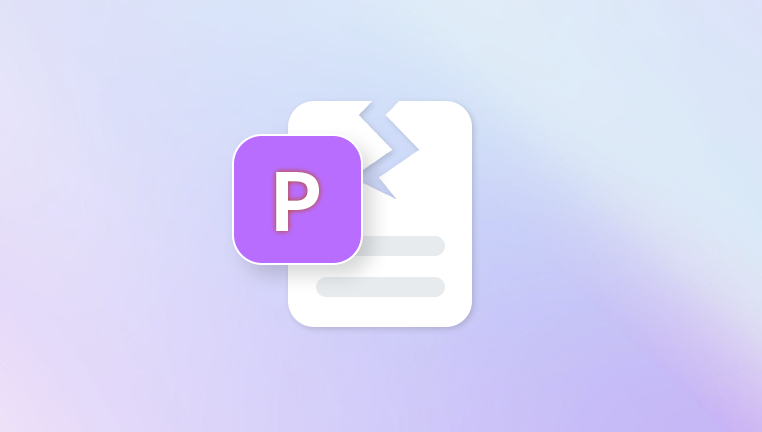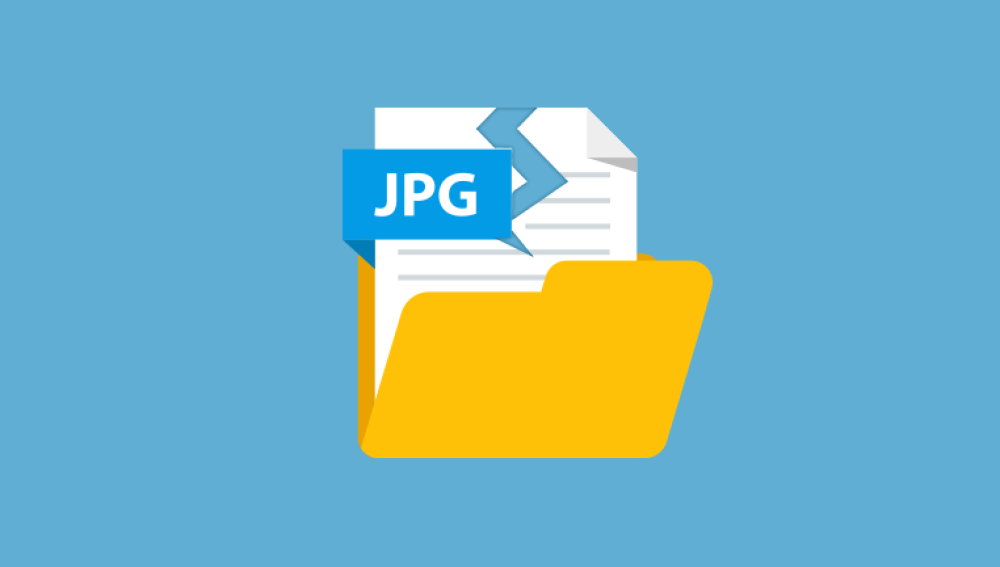PDF (Portable Document Format) files are widely used for distributing formatted documents that retain their appearance across different platforms. Whether it’s contracts, e-books, invoices, brochures, or academic papers, PDFs are a universal format for exchanging information. However, like any digital file, PDFs can become corrupted or damaged. When this happens, the content may be partially visible, garbled, unreadable, or the file might not open at all.
Interrupted downloads or file transfers
If a PDF download or transfer is interrupted, the file might not save completely or properly.
Power failure while editing or saving
An unexpected shutdown while a PDF is open can cause corruption.
Virus or malware attacks
PDFs can be corrupted by malicious programs that alter or damage file content.

Storage media issues
Corruption can occur if the file is saved to or accessed from a faulty USB drive, hard drive, or SD card.
Incompatible or outdated software
Some programs may improperly render or save PDF files, leading to formatting errors or file structure issues.
Sudden system crashes
Crashing during a PDF operation (e.g., save or print) can leave the file in an incomplete or damaged state.
How to Identify a Corrupted PDF File
Recognizing the signs of a damaged PDF is the first step to repair. Common symptoms include:
The file does not open at all
Error messages such as:
“There was an error opening this document. The file is damaged and could not be repaired.”
“Adobe Reader could not open this file because it is not a supported file type or has been damaged.”
Blank or missing pages
Missing or scrambled text/images
Garbled characters
Crashing or freezing while opening
Inability to print or edit the document
File opens, but with partial content
Step-by-Step Methods to Repair a Damaged PDF File
Now that you can identify a damaged file, let’s explore how to repair it.
1. Back Up the Damaged File
Before making any attempt to fix the PDF, always create a copy of it. This ensures that if a repair attempt causes further damage, you can revert to the original file and try a different approach.
2. Try Opening the File in Different PDF Viewers
Some PDF readers are more forgiving than others. Try the following viewers to see if they can open the file:
Adobe Acrobat Reader (latest version)
Foxit PDF Reader
Sumatra PDF
Nitro PDF Reader
Web browsers (Chrome, Firefox, Microsoft Edge)
Mac Preview (for macOS users)
Sometimes, a file that won’t open in Adobe Reader may work in a browser or alternative viewer.
3. Use Adobe Acrobat’s Built-in Repair Tools
If you have access to Adobe Acrobat Pro (not just the free Reader), it may attempt to repair the file automatically when opening. If it doesn’t:
Try exporting the file as a PostScript (.ps) file and re-converting it back to PDF.
Open Acrobat, go to File > Export To > PostScript
Open the .ps file and use Acrobat to convert it back to a PDF.
This method can sometimes clean up broken structures.
4. Restore from Backup or Cloud History
If you store your PDFs in cloud services like Google Drive, Dropbox, or OneDrive, they may have a version history that allows you to recover a previous, uncorrupted version.
Google Drive: Right-click the file → Manage versions
Dropbox: Click the three dots next to the file → Version history
OneDrive: Right-click the file → Version history
If you use Time Machine (macOS) or File History (Windows), check those tools for earlier versions as well.
5. Use Online PDF Repair Tools
Panda Repair
When a PDF file refuses to open, shows error messages, or displays blank or corrupted pages, it can cause serious frustration especially when the document contains vital information like contracts, invoices, academic papers, or official reports. Panda Repair offers a reliable and user-friendly solution to recover and restore your damaged PDF files quickly and safely.
PDF corruption can occur due to interrupted downloads, system crashes, malware infections, or faulty storage devices. Symptoms include unreadable content, missing pages, garbled text, or error prompts like “The file is damaged and could not be repaired.” Panda Repair is specially built to address these problems. It scans your damaged PDF file, identifies structural errors, and reconstructs the file to restore readable content, layout, fonts, embedded images, and annotations.
Using Panda Repair is simple. Just upload the corrupted PDF into the tool, and in a few clicks, it begins the recovery process. Whether your file is partially corrupted or completely unreadable, Panda Repair’s advanced engine attempts to recover as much content as possible and delivers a clean, functional PDF.
6. Use Professional PDF Repair Software
For severe corruption or large files, consider using desktop software dedicated to repairing PDFs.
Recommended Tools:
Stellar Repair for PDF
Kernel for PDF Repair
SysTools PDF Recovery
Recovery Toolbox for PDF
Typical features:
Deep file structure analysis
Batch file repair
Preview before saving
Support for encrypted or password-protected files
How to use:
Download and install the software
Add the corrupted PDF file
Scan and preview the content
Save the recovered file
These tools are often paid but offer trial versions so you can preview what’s recoverable before purchasing.
7. Convert the PDF to Another Format
If a PDF opens partially, converting it to another format might help extract content:
PDF to Word (.docx)
PDF to HTML
PDF to Image
PDF to Plain Text
Tools to use:
Adobe Acrobat Pro
Smallpdf
Zamzar
PDF Converter Online
Once converted, you can copy the content to a new file and re-save it as a clean PDF.
8. Manually Extract Text from the File
If the PDF is unreadable but not entirely corrupted, you can open it in a text editor like Notepad++ or Sublime Text. This shows the raw file contents, including:
Text strings
Embedded font references
Formatting codes
Look for plain text segments and copy them into a new document. Note that formatting, images, and layout won’t be preserved, but critical text can be saved.
9. Recreate the PDF Document
If you recover partial content (text, images, metadata), rebuild the PDF manually:
Open a Word or Google Docs document
Paste the salvaged text or images
Redesign the layout
Save or export the new file as a PDF
Though time-consuming, this ensures a clean and usable document without corruption.
10. Check Disk Health and File System Errors
If multiple PDF files are becoming corrupted, the issue could be with your storage media. Run a health check:
On Windows:
Open Command Prompt (Admin)
Type chkdsk /f /r and press Enter
Follow prompts and reboot if necessary
On macOS:
Go to Applications > Utilities > Disk Utility
Select your drive and click First Aid
If hardware damage or bad sectors are detected, move your files to a different storage device immediately.
11. Repair PDFs with Ghostscript
Ghostscript is a command-line tool for processing PDF and PostScript files. It can be used to repair minor PDF issues.
How to repair using Ghostscript:
bash
CopyEdit
gs -o output.pdf -sDEVICE=pdfwrite -dPDFSETTINGS=/prepress input.pdf
This command creates a new PDF from the corrupted one, potentially fixing structural issues.
Ghostscript is more technical but powerful for users comfortable with command-line interfaces.
12. Use Chrome or Edge to Save a New Copy
Browsers like Chrome or Edge can sometimes open problematic PDFs. If you can view the content:
Open the PDF in the browser
Click the Print icon
Select Save as PDF or Microsoft Print to PDF
Save the file under a new name
This forces the browser to re-render and re-save the content, bypassing some types of corruption.
13. Hire a Professional Data Recovery Service
If your PDF contains highly sensitive or critical content—like contracts, architectural designs, or legal records—and none of the above methods work, it may be time to call professionals.
Data recovery experts can recover files from:
Physically damaged storage devices
Partially overwritten or deleted sectors
Severely corrupted files
Services like DriveSavers, Ontrack, or local forensic labs specialize in file recovery and document repair.
Preventing PDF Corruption in the Future
While no method guarantees permanent immunity from file damage, the following habits can dramatically reduce your risk:
Always use the “safely eject” option for USBs
Avoid editing PDFs directly on cloud storage; download first
Keep your PDF software updated
Use trusted applications to create or modify PDFs
Regularly back up files using automated tools or cloud services
Protect your system with antivirus and anti-malware tools
Use reliable hardware avoid low-quality USB drives or SD cards
Also, make use of autosave and version history wherever possible, especially for important or frequently edited documents.
A damaged PDF file can create serious inconvenience, especially if it holds vital information. Fortunately, with a combination of tools, techniques, and best practices, most corrupted PDF files can be recovered or repaired.
From simple fixes like trying alternate viewers and restoring from backups, to more advanced approaches like using professional recovery software, rebuilding files, or using command-line tools like Ghostscript, the path to recovery depends on how critical the file is and how it was damaged.




